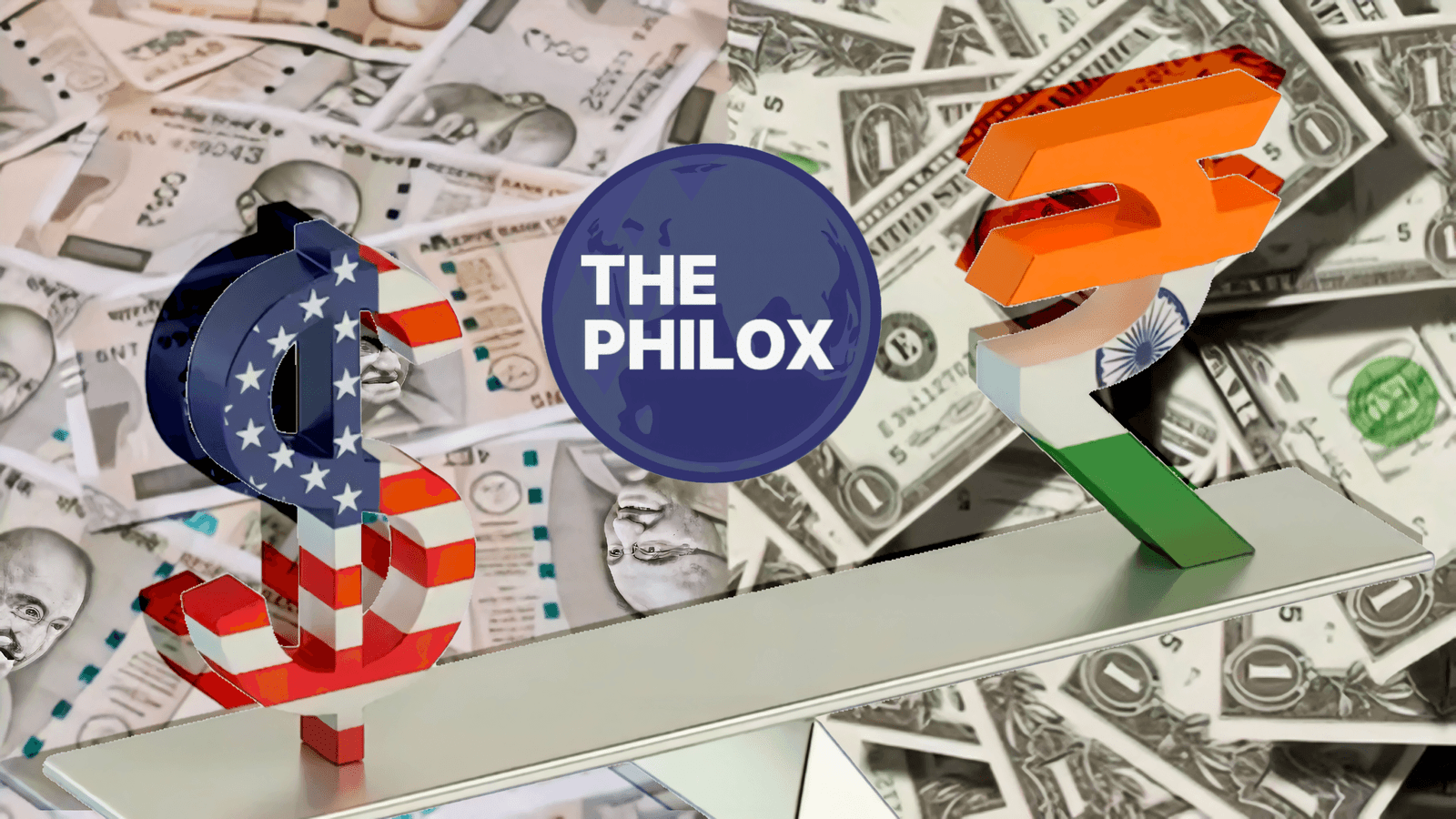
Big Announcements Will Be Made During the Return of the Android Show
Recently, Google held an event called the Android Show, which is an official event for the purpose of revealing new upgrades and future plans for its mobile operating system. The Android Show brought with it a deluge of news.
With a significant emphasis on Android 16 and Wear OS 6, the program provided an overview of the most recent efforts made by the company to enhance Android across all devices.
The Android Show, in contrast to the more general Google I/O, provides a comprehensive exploration of Android technology and provides developers, fans, and regular users with a glimpse into what is to come.
Android 16: An Update That Is Faster, More Secure, and More Intelligent
It was Android 16, Google’s impending significant update for mobile devices like smartphones and tablets, that was the most notable highlight of the show.
The development of Android 16 is now underway with a significant emphasis placed on intelligence, privacy, and performance.
As part of the presentation, Google said that Android 16 will include a greater number of features that are aware of their context and are powered by artificial intelligence.
Your phone will be able to better comprehend your requirements and provide assistance to you in a more efficient manner when you are performing daily tasks.
The new smart reply system, which provides suggestions that are more accurate and personalized based on the conversation that is currently taking place, is one of the features that has received the most attention.
Not only will this functionality be functional in messaging apps, but it will also be functional in email and social media apps.
Additionally, Google is implementing more robust privacy options with the release of Android 16.
Users will be able to view the frequency with which apps access sensitive data such as their location, camera, and microphone through the newly introduced privacy dashboard.
Users will have more options to restrict the manner in which applications acquire and utilize data as a result of the addition of additional permission controls.
It is also anticipated that Android 16 would boost the performance of devices. The amount of time it takes for apps to load is being cut down, and the system will handle background applications more effectively in order to conserve battery life.
The entire Android experience has been made to feel more fluid and responsive as a result of Google’s efforts to improve animations and transitions.
Additional Power to Tablets and Foldable Devices
Better support for foldable smartphones and tablets is another major element that Android 16 brings to the table.
Google has announced that Android 16 will have new technologies that will assist applications in functioning more effectively on screens that are big and flexible.
Support for multiple windows, enhancements to split-screen functionality, and increased dynamic resizing are some of the features included in this.
When it comes to developing applications that look nice on any screen size, the Android team is making it easier for developers to do so. This modification is anticipated to be beneficial to users who utilize tablets and foldable devices for the purposes of work, leisure, or multitasking.
A New Era for Smartwatches in the Form of Wear OS 6
Additionally, Wear OS 6 received a lot of attention, despite the fact that Android 16 was the main attraction.
Wear OS is the operating system that is used to power smartwatches such as the Pixel Watch and other wearables that are manufactured by Samsung and other companies.
A number of modifications have been made to the new edition, with the primary focus being on health, connectivity, and improved compatibility with Android phones.
The goal of Google’s efforts is to make smartwatches more self-sufficient in comparison to smartphones.
When Wear OS 6 is released, customers may anticipate improved offline capabilities, which means that a greater number of applications will function without the need to connect to a phone. This includes the ability to play music offline, send and receive messages, and analyze fitness data.
The sixth version of Wear OS includes enhancements to the tracking of fitness and health. Better accuracy will be achieved by new sensors in monitoring the heart rate, the quality of sleep, and the temperature of the body.
Based on this information, Google Fit and other health apps will provide comments and recommendations that are more specific and precise. New application programming interfaces (APIs) made specifically for Wear OS 6 will also make it simpler for users to link their health data across different apps.
Additionally, the user interface is going to be redesigned. Wear OS 6 will feature a simplified navigation system, larger touch targets, and a more colorful design.

It will also be available in a new look. Google’s goal is to simplify the use of smartwatches, particularly when doing physical activity or when the wearer is on the move.
Integration that is improved across all devices
The fact that Android is becoming more connected was one of the most important themes that was conveyed during the conference.
Wear OS 6 and Android 16 are now being developed to work closely together in order to provide a more seamless experience across a variety of devices, including smartphones, smartwatches, and even tablets.
An example of this would be the ability to begin a workout on your phone and then continue to track it on your watch. It is possible for notifications, calls, and app data to sync between devices in a more expedient manner.
Because of this level of connectivity, Android users will have a more unified digital experience than they would otherwise have. You will have a greater sense of connectedness and consistency across all of your devices, including your watch, tablet, and phone.
Having features powered by AI makes life easier.
Both Wear OS 6 and Android 16 are beginning to use artificial intelligence in a more significant way.
Several instances of how artificial intelligence might make mobile life more convenient were presented by Google.
Artificial intelligence is being increasingly integrated into the Android ecosystem, doing tasks such as summarizing notifications and generating intelligent responses, as well as predicting activities and providing proactive reminders.
On-device artificial intelligence will be used, for instance, in Android 16 to summarize lengthy emails and articles, so assisting users in saving time.
Furthermore, it will be of assistance with voice commands, which will result in interactions with Google Assistant being both quicker and more accurate.
Wear OS 6 will also make use of artificial intelligence to deliver more intelligent health recommendations and reminders depending on your routines and objectives.
What This Implies When It Comes to Users and Developers
Developers were encouraged to begin designing with these new features in mind through the use of The Android Show by Google.
Tools and preview builds for Android 16 are currently available, and developers are being provided with the resources necessary to optimize applications for foldable devices, tablets, and Wear OS.
On the other hand, the changes that were demonstrated during the event promise to make the Android experience more powerful for regular users.
The functionality of smartphones and smartwatches will improve, and they will become easier to use and more personalized.
It is clear that Android is making progress toward a more intelligent and connected future as a result of its improved design, enhanced privacy features, enhanced artificial intelligence capabilities, and expanded device support.
Remarks to Conclude
During the Android Show, a clear message was conveyed: Android is expanding in ways that prioritize the needs of its consumers. While Wear OS 6 is reinventing what smartwatches are capable of doing, Android 16 provides new levels of intelligence and performance compared to previous versions.
The purpose of these updates is not simply to provide new features; rather, they are aimed at making the experience on all of your devices more intelligent, safer, and more pleasurable.
Any individual who is now using Android or is considering purchasing a smartwatch will find that the future appears to be extremely promising.
The commitment that Google has made to provide users with seamless technology and empowering them was on full display during this episode.

In addition to being an event for developers, it was also a sneak peek at the day-to-day enhancements that would soon be available on millions of devices spread around the globe.







